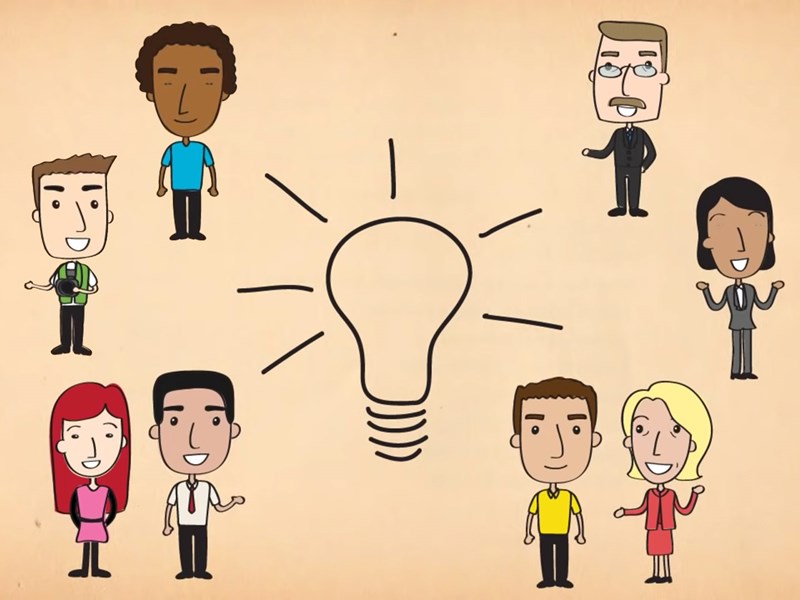Parliament of Victoria explains

The Parliament of Victoria explains series of videos includes three animations that describe core processes relating to the work of parliament.
How parliament makes laws follows the process of the introduction of a bill into parliament, its passage through both Houses, to receiving Royal Assent.
How parliament’s committees work explores the purpose of and types of parliamentary committees, the non-partisan nature of committees, as well as the overall committee process.
Finally, How parliament’s elections work explains the systems of voting to elect the 128 Members of the Parliament of Victoria; preferential voting for the 88 members of the Legislative Assembly and proportional voting for the 40 members of the Legislative Council.
How parliament makes laws
Discussion questions
- Why are appropriation bills (bills relating to finances) only introduced into the Legislative Assembly?
- What are the benefits and limitations to having a bicameral system (two Houses or chambers)?
- How does a bicameral system support the values of democracy?
- What function does Royal Assent have and why is it important?
How parliament’s committees work
Discussion questions
- How does the committee system benefit Members of Parliament and people who make submissions and/or attend public hearings?
- What are some of the benefits and limitations to the committee process?
- How might the committee process be strengthened?
How parliament’s elections work
Discussion questions
- Why are different voting methods used to elect the members of the Legislative Assembly and the Legislative Council?
- What changes would you make to the election process to enhance the diversity of representation in parliament?
- How do the different ways of voting for the Legislative Assembly and the Legislative Council used by parliament support the values of democracy?
- Are there different voting methods that parliament could use to strengthen democracy?